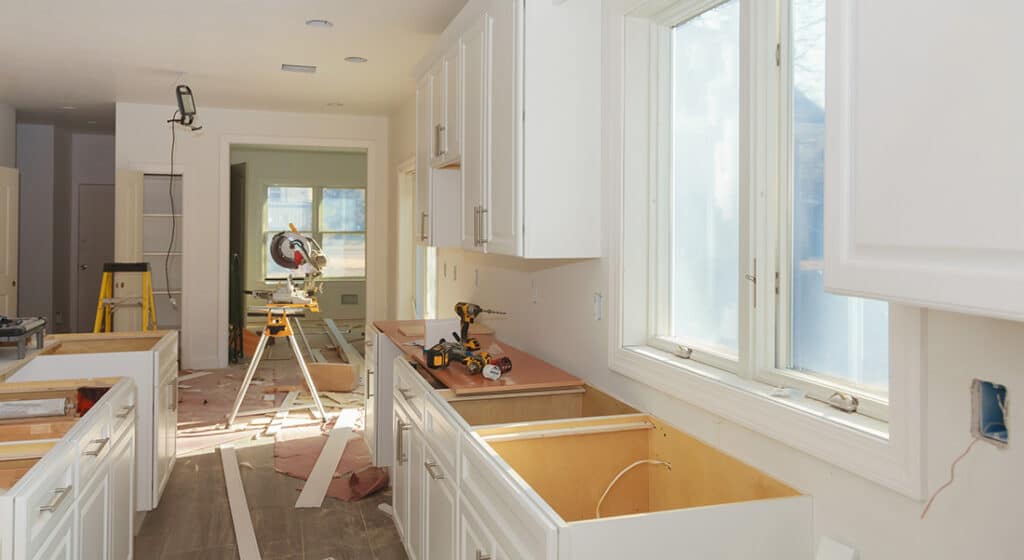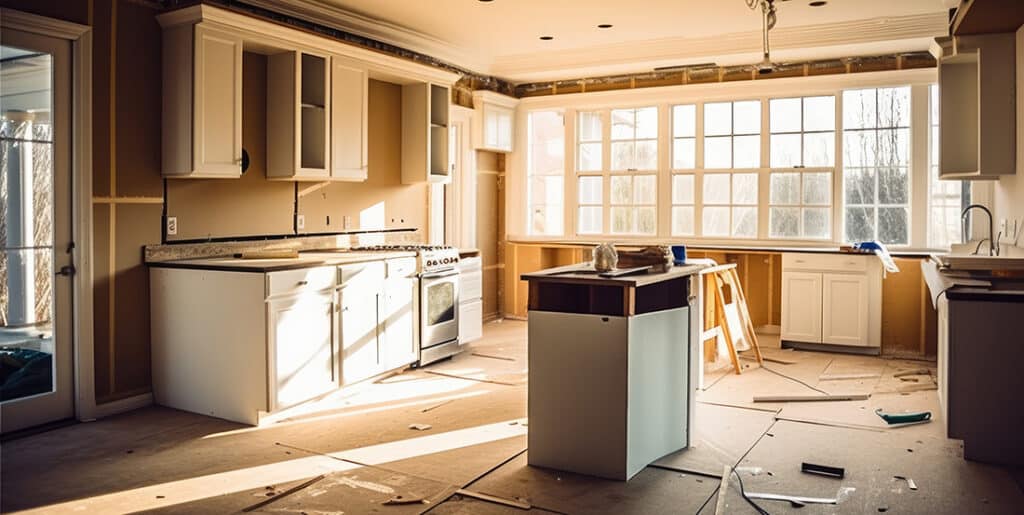
Planning a remodel in your home or office can be an exciting venture, but it comes with its own set of challenges. One of the most critical concerns is the potential presence of asbestos, a hazardous material that can pose serious health risks.
Before you start tearing down walls or ripping up floors, it’s essential to ensure your safety and that of your loved ones or employees. Asbestos Abatement Services in Salt Lake City, UT, is here to help you navigate this crucial step with professional asbestos testing and removal services.
Understanding the Risks of Asbestos
Asbestos was commonly used in building materials for its fire-resistant properties until its dangers became widely known. Exposure to asbestos fibers can lead to severe health issues, including lung cancer, asbestosis, and mesothelioma. This risk is particularly high during remodeling activities, which can disturb asbestos-containing materials like drywall and sheetrock, releasing harmful fibers into the air.
The Importance of Professional Asbestos Testing
Before embarking on any remodeling project, it’s imperative to conduct thorough asbestos testing. Certified professionals from Asbestos Abatement Services can accurately identify the presence of asbestos in both residential and commercial buildings. This testing is crucial for determining the safest course of action and ensuring compliance with health and safety regulations.
Safe and Effective Asbestos Removal
If asbestos is detected, removal should only be handled by trained and certified experts. Improper handling can exacerbate the problem, spreading fibers throughout your property.
Asbestos Abatement Services employs advanced techniques and equipment to safely remove asbestos, minimizing the risk of exposure and ensuring a clean, safe environment for your remodeling project.
Comprehensive Services for Peace of Mind
In addition to asbestos testing and removal, Asbestos Abatement Services offers a range of related services, including land clearing and build site preparation. Whether you’re dealing with asbestos in drywall or other building materials, their team is equipped to handle all aspects of asbestos abatement, providing a seamless and stress-free experience.
Contact Asbestos Abatement Services Today
Don’t let asbestos jeopardize your remodeling plans. Ensure the safety of your home or office by contacting Asbestos Abatement Services in Salt Lake City for professional asbestos testing and removal. Take the first step towards a safe and successful remodel by giving us a call today. Your health and safety are our top priorities.













Recent Comments